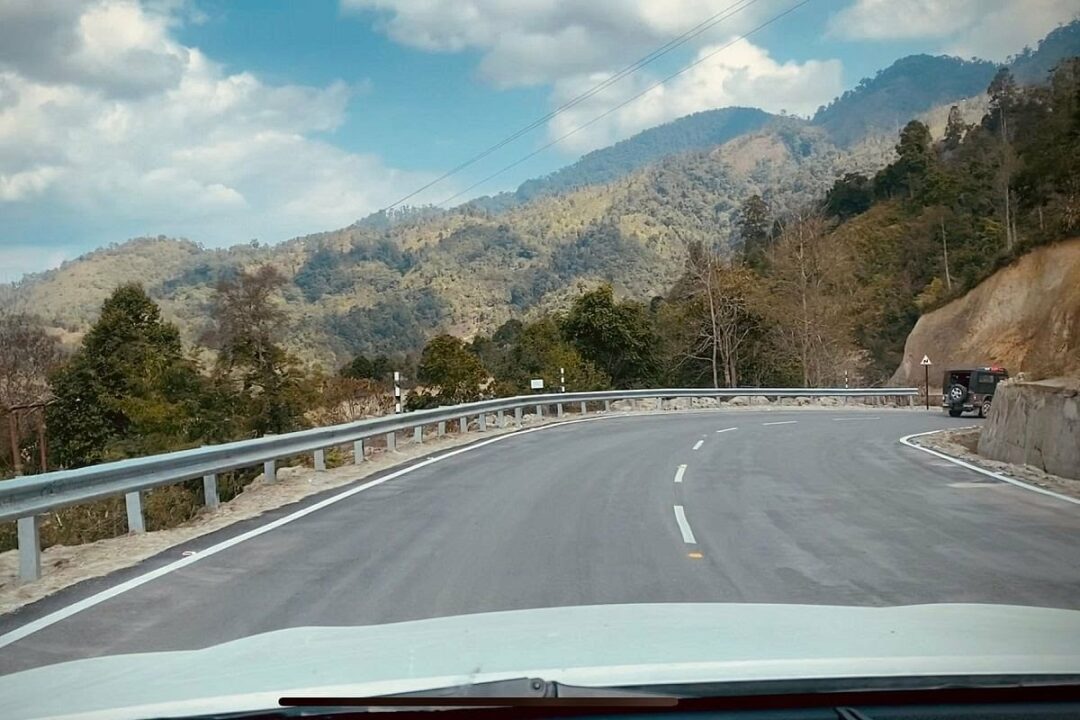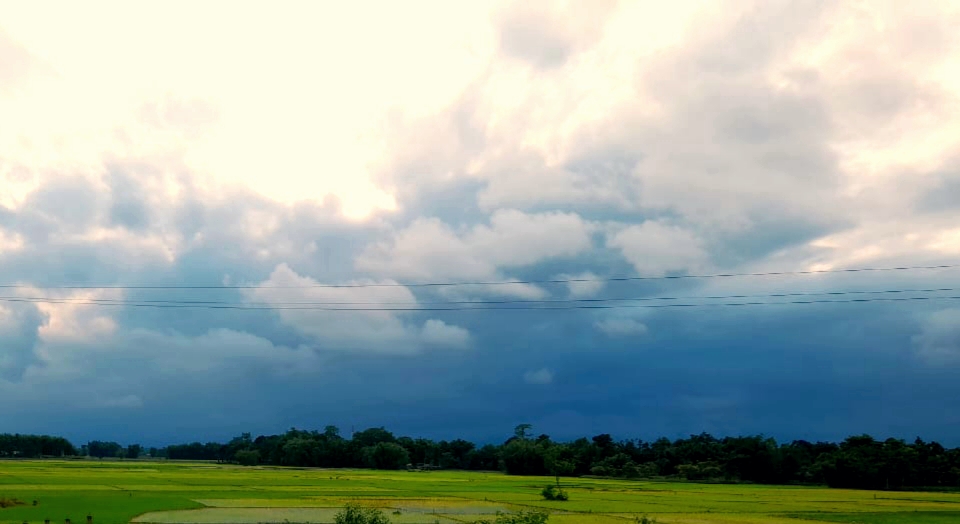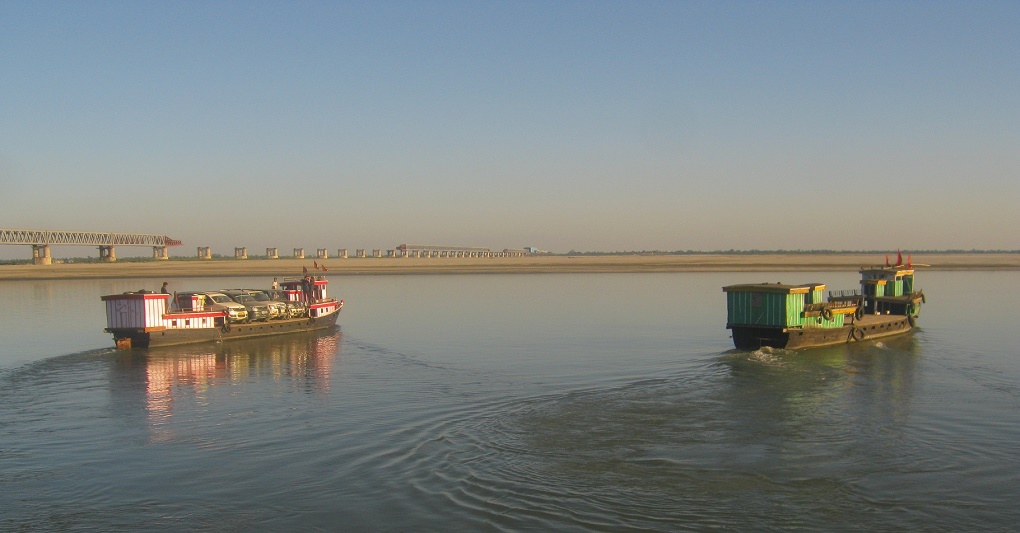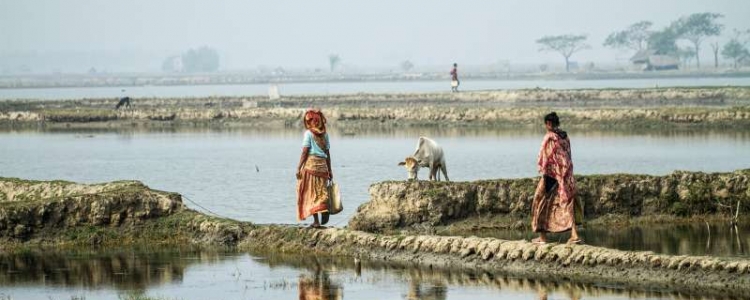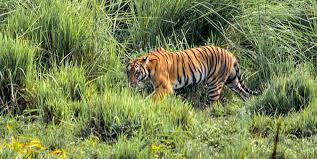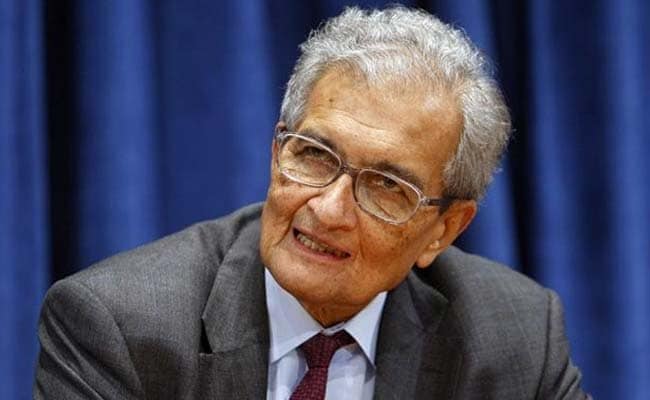Arunachal: Rs 27,000 Crore Boost To Road Connectivity On China Border As Centre Approves Funding For Frontier Highway
By
Swarajya Staff
Stretegic infrastructure
The Narendra Modi government has approved Rs 27,349 crore for the Frontier Highway project in Arunachal Pradesh.
The Frontier Highway will improve road connectivity on the border with Tibet in Arunachal. As its name suggests, the road will run close to the Line of Actual Control (LAC) or the frontier with China.
The fund approved by the Centre will be used for the two-laning of the Frontier Highway over a 1,465-kilometer-long stretch, Chief Minister Pema Khandu said in a tweet on 11 October.
The development comes at a time when China has built over 600 border defense villages along the frontier with India in Tibet. Some of these villages have come up in Indian territory under Chinese occupation.
On the Indian side of the frontier, settlements have turned into ghost villages as people have been forced to migrate for work. It has allowed China to arrest its territorial claims on the ground.
A note shared by the Chief Minister said the road would help in “safeguarding Indo China Myanmar border” and “control migration from border areas.”
Arunachal, with help from the Army, is also building model villages along the frontier with Tibet to reverse the outmigration from border areas.
“We have come up with a border village initiative, in which we have identified three to four villages, which we have plans to develop as model villages,” Army Chief General Manoj Pande, then the General Officer Commanding-in-Chief Eastern Command, said in late 2021.
Apart from the Frontier Highway, the Centre has also approved funding of Rs 15,720 crore for the inter-connectivity corridors project.
Projects approved by the Centre. (Pema Khandu/Twitter)Projects approved by the Centre. (Pema Khandu/Twitter)
Under this project, multiple roads will be built to improve connectivity between the highways in the state.
Arunachal currently has two west-east road corridors—National Highway (NH) 15, which runs along foothills near the state border with Assam, and NH-13/NH-125, which is being built midway across the state.
While NH-15 has been developed, NH-13/NH-125, also called Trans Arunachal Highway, is under construction. A 1,458-kilometer-long stretch of the 1,540 km Trans Arunachal highway is complete.
The Frontier Highway, running from Tawang in the west to Changlang in the east, which be the third such road in the state.
The roads built under the inter-connectivity corridors project will improve connectivity between these three highways.
The government has also approved Rs 915 crore for the two laning of a 61-kilometer stretch of the Brahmakund–Chokham road.
It is a “strategic road for defence purpose,” the note shared by Chief Minister Pema Khandu on Twitter reads.
The funding comes amid the rapid development of infrastructure by China in the part of Tibet opposite Arunachal Pradesh.
The 1,600-km long Sichuan-Tibet rail line will link Lhasa on the Tibetan Plateau with Chengdu in central Sichuan. In June 2021, China had opened the 435-km-long section of the line between Lhasa and Nyingchi
Nyingchi, a town opposite India’s Tuting sector, in the Upper Siang district of Arunachal, is only 40 km away from the border. The Nyingchi-Lhasa rail line itself runs much closer to the border than that at some points.
The 52nd and 53rd Mountain Infantry Brigades of the CCP’s People’s Liberation Army are based in the larger Nyingchi Prefecture.
China has also built a 250-kilometre-long highway linking Nyingchi with Lhasa, which, like the Lhasa-Nyingchi rail line, runs close to Arunachal.
Construction of the Lhasa-Nyingchi rail line, nearly 75 per cent of which is either over bridges or under tunnels, began in 2015, and track laying was completed over five years, in December 2020, at a cost of $4.8 billion.
The remaining 1,100-km long section of the line, a part (Chengdu-Ya’an section) of which is already complete, is expected to be ready by 2030. The headquarter of China’s Western Theatre Command, which is responsible for the frontier with India from Arunachal to Ladakh, is located in Chengdu.
The Lhasa-Nyingchi rail line project has received consistent attention from the top echelons of the CCP in the past, including President Xi Jinping himself, who linked it to ‘border stability’ as recently as November 2020, during the standoff with India in Ladakh.
Although the Chinese state media links the Sichuan-Tibet rail line project to economic development in Tibet, the CCP apparat has pointed out that it will act as a “fast track” for the “delivery of strategic materials” to Tibet “if a scenario of a crisis happens at the border”.
Dueing his visit to Tibet in July 2021, the Chinese President visited the Nyingchi railway station to inspect the Sichuan-Tibet railway line, and then took a train to Lhasa.
Jinping’s inspection of the project, in the middle of a tense border standoff with India, has brought focus back on this aspect of infrastructure development in Tibet.
The construction of rail lines and highways on the Tibetan Plateau line will not only ease the movement of troops within China’s Western Theatre Command but also enable the PLA to bring trainloads of troops and equipment from other theatres in a very short time, a scenario that can’t be ruled out after China’s massive mobilisation along LAC in eastern Ladakh in 2020.

